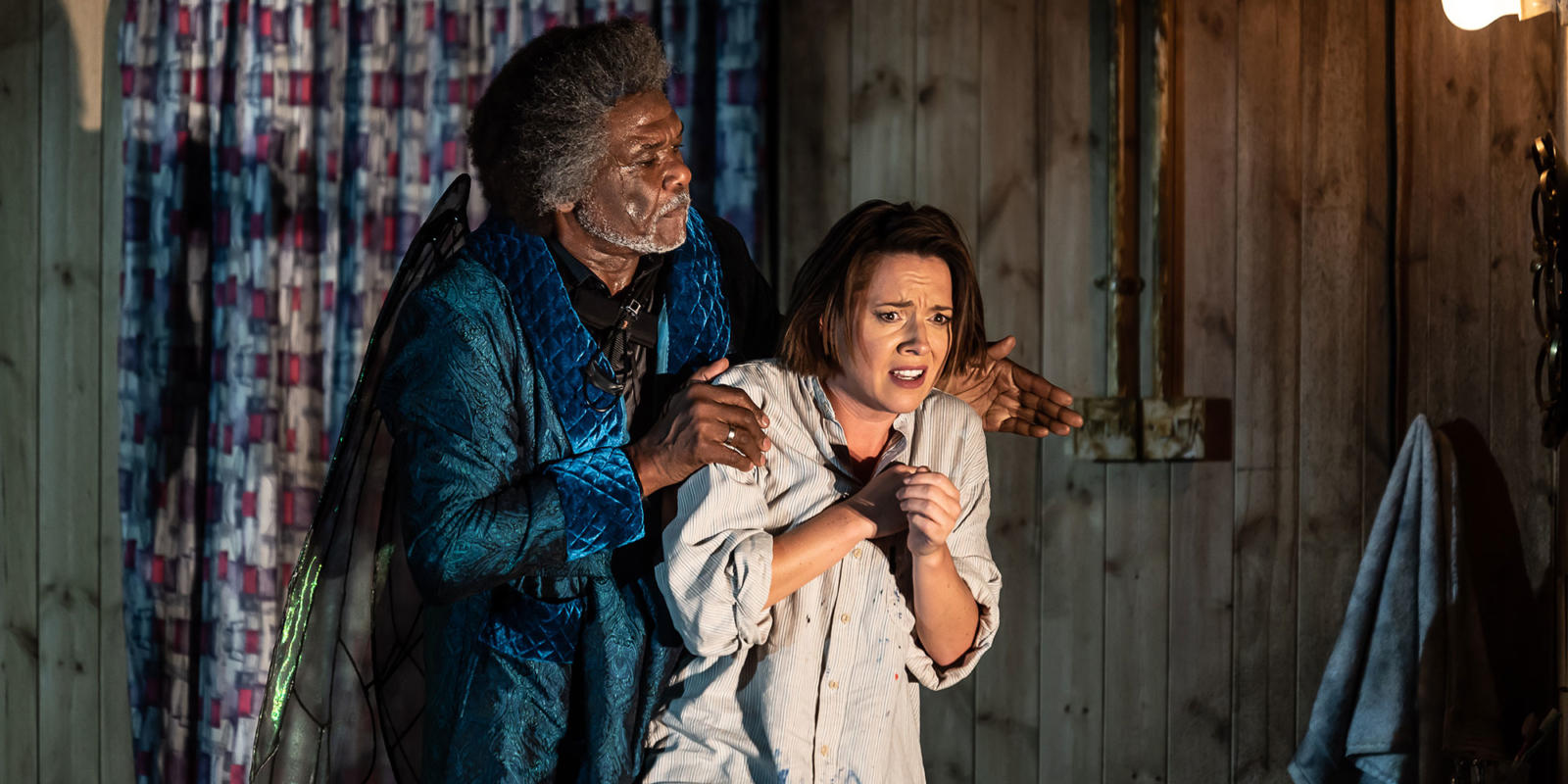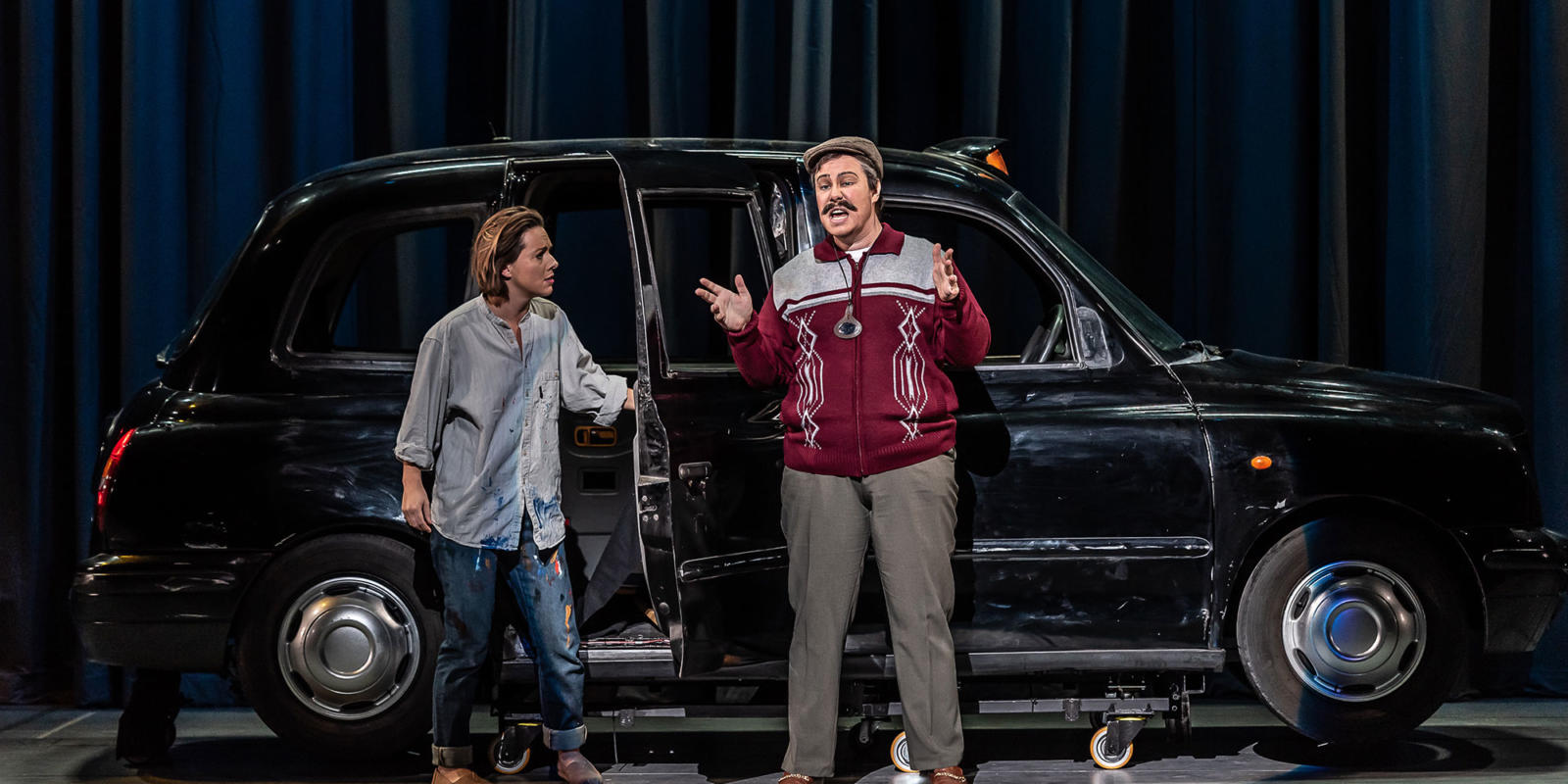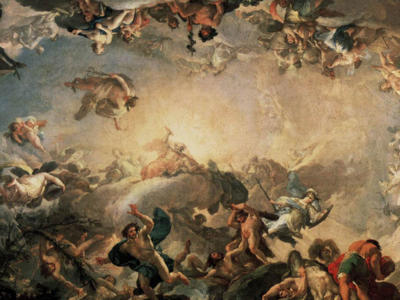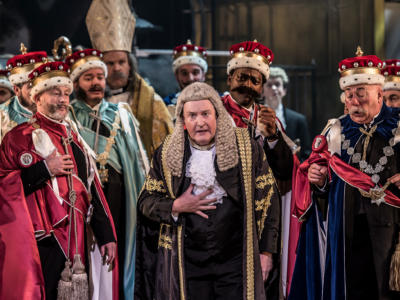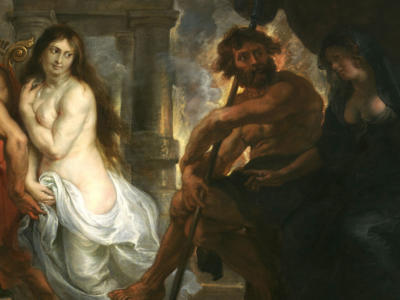An introduction to Orpheus in the Underworld
Here’s everything you need to know about ENO’s production of Offenbach’s Orpheus in the Underworld.
It’s an all-singing all-dancing operetta by Jacques Offenbach
Although based on the famous Orpheus myth, Offenbach has satirised the story, turning it on its head for his operetta.
Unlike the tragic tale of love and loss that many of us know, in this version, Orpheus is in fact glad to be rid of his deceased wife, who has been having an affair with Pluto.
When Eurydice ends up in the underworld, Public Opinion forces the reluctant Orpheus to rescue his wife. Jupiter states Orpheus can retrieve Eurydice from the underworld, so long as he does not turn to look back at her. On their way out, however, Jupiter (who has since fallen in love with Eurydice) lets loose a lightning bolt, causing Orpheus to jump and look back. Eurydice vanishes back into the underworld and everyone (except Public Opinion) is thrilled with the result.
Video
It was the first classical full-length operetta
Up until 1858, the composer’s theatrical licence forbade him from staging operas with more than four characters and longer than one-act. Finally, after months of negotiations he was permitted a new licence, which allowed more characters and even a chorus.
Offenbach celebrated by writing his first full-length operetta, Orpheus in the Underworld (Orphée aux enfers), which mocked both Gluck’s opera based on the same myth (a composer who was favoured by the elite) and the Second French Empire.
During the mid-nineteenth century, Offenbach wrote at least 18 operettas, helping to make it an international art form. His satirical works paved the way for the likes of Lehár, Gilbert and Sullivan, and musical theatre composers of the twentieth century such as Rodgers and Hammerstein.
It features one of the most famous pieces of music in the world
You might know it as the Can-can, but Offenbach named it the ‘Galop infernal’. Although many composers have written music for the Can-can over the centuries, Offenbach’s music from the final Act of Orpheus in the Underworld is the most famous.
The Can-can dance first appeared in Paris in the 1830s, and was popular throughout most of the nineteenth century. The dance had a reputation for being raunchy and scandalous, mostly due to the fact dancers often wore crotch-less pants under their ruffles skirts, leaving little to the imagination with each high-kick.
Although the ‘galop infernal’ is known as Can-can music, the Galop in the opera is actually a different kind of dance!
Photo Gallery
Director Emma Rice made her ENO debut
The brand-new glitzy production showcased her talents for theatrical spectacle and humour.
Rice, an award-winning director, launched her own theatre company, Wise Children, in 2019.



